Application of Game Theory: Apple Company's Oligopoly Market
VerifiedAdded on 2022/09/12
|6
|1018
|54
Essay
AI Summary
This essay examines the application of game theory to the Apple Company within the context of an oligopolistic market structure. It explores how Apple's decisions, particularly in relation to new product launches and market competition, can be understood through game theory principles. The essay discusses the hierarchical organizational structure of Apple, its recent performance, and the company's position within the smartphone and branded computing machine markets. Key concepts such as Nash equilibrium and the prisoner's dilemma are explained, demonstrating how these theoretical frameworks shed light on Apple's strategic interactions with competitors like Samsung and HTC. The analysis highlights the challenges of maintaining cooperation in an oligopoly and the incentives for firms to compete aggressively to increase market share. The essay references relevant academic sources to support its arguments, providing a comprehensive overview of game theory's relevance to Apple's business strategy.
1 out of 6
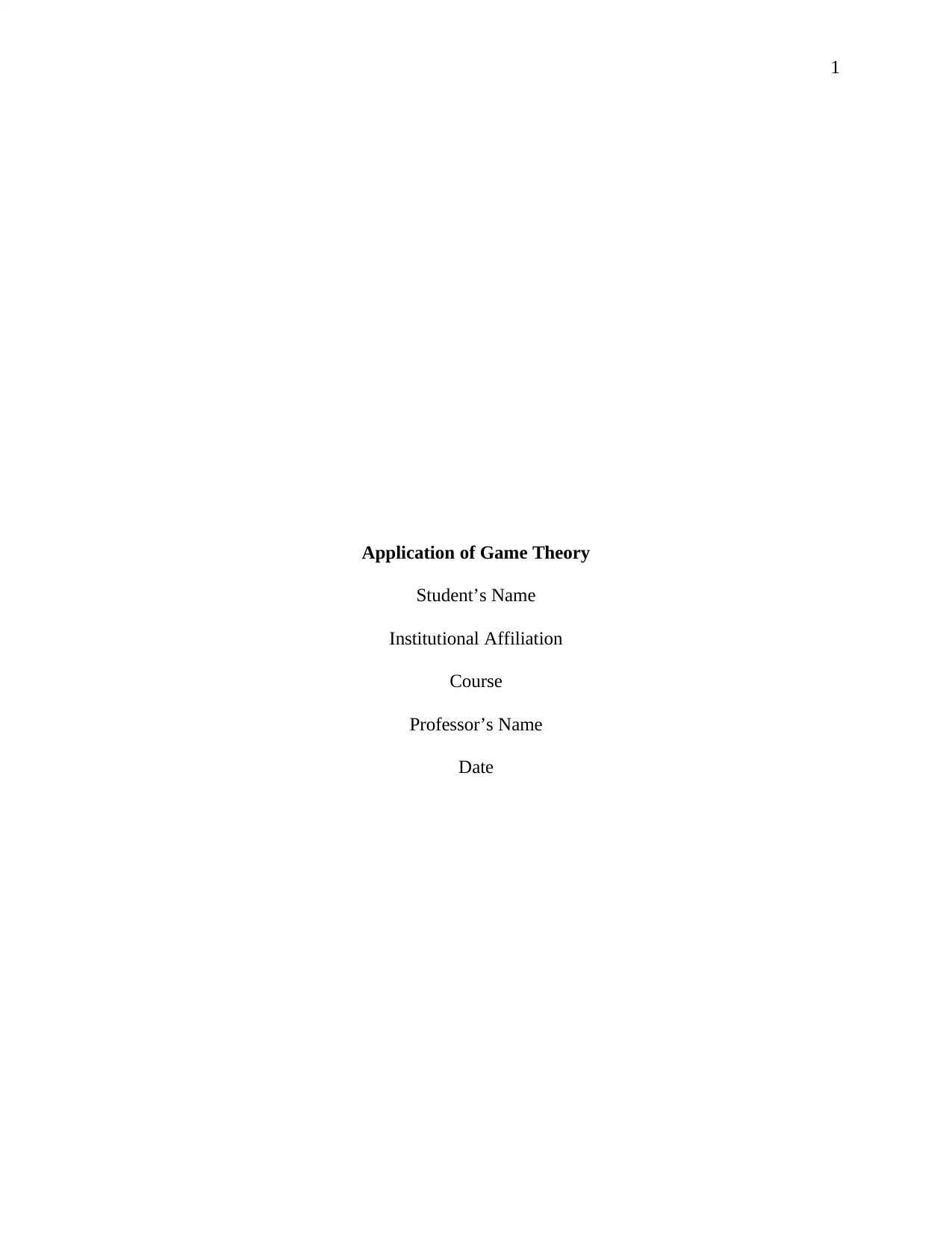
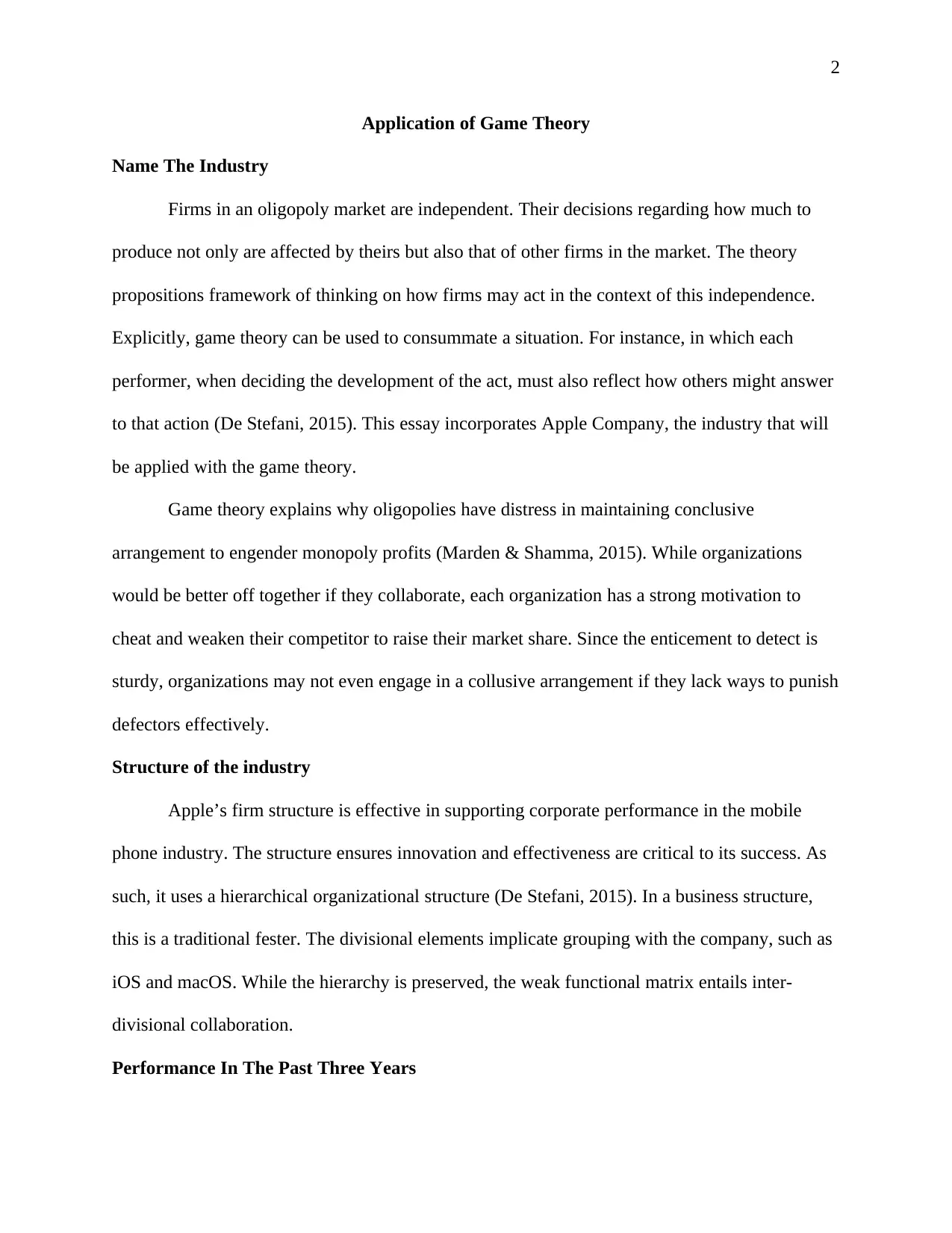
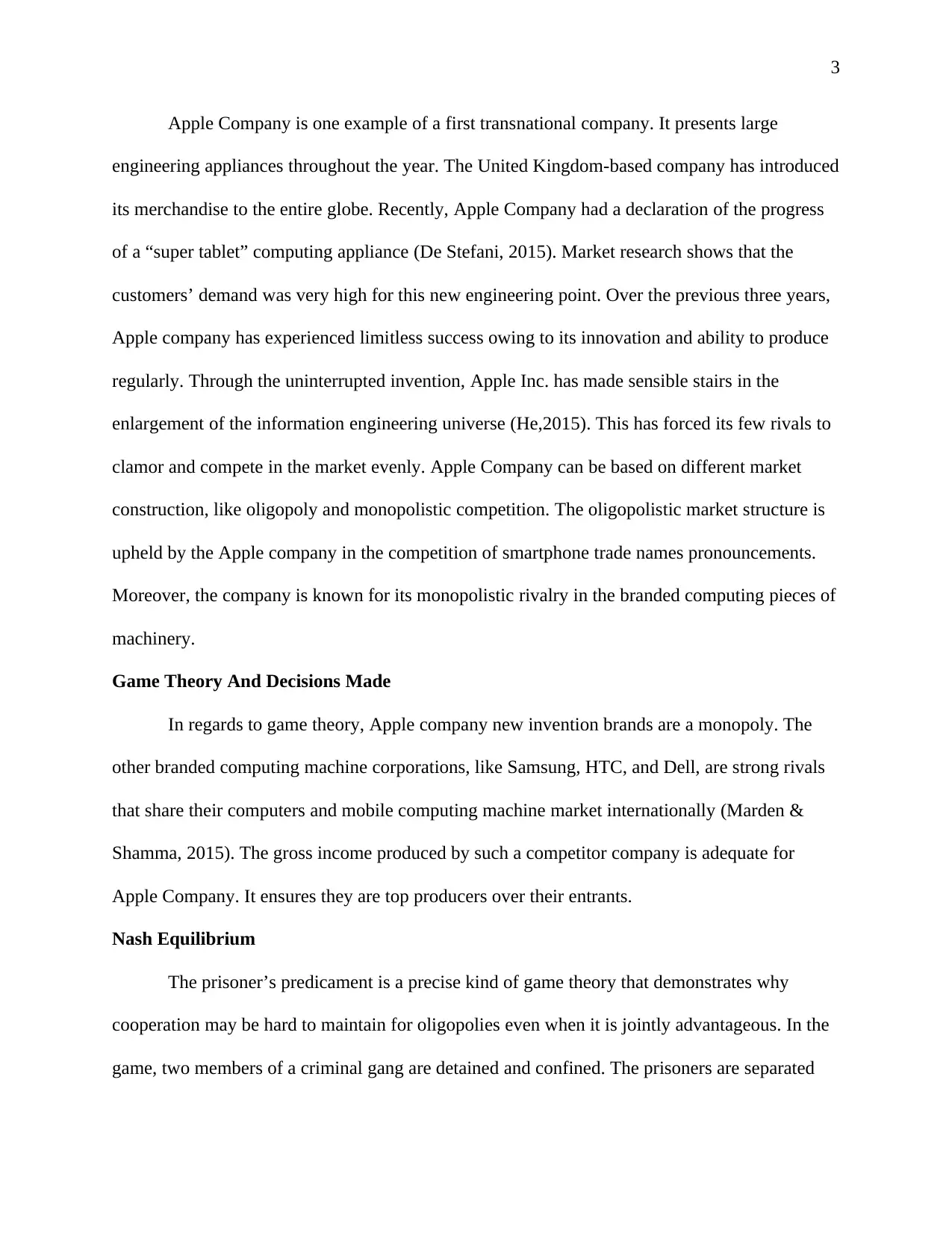

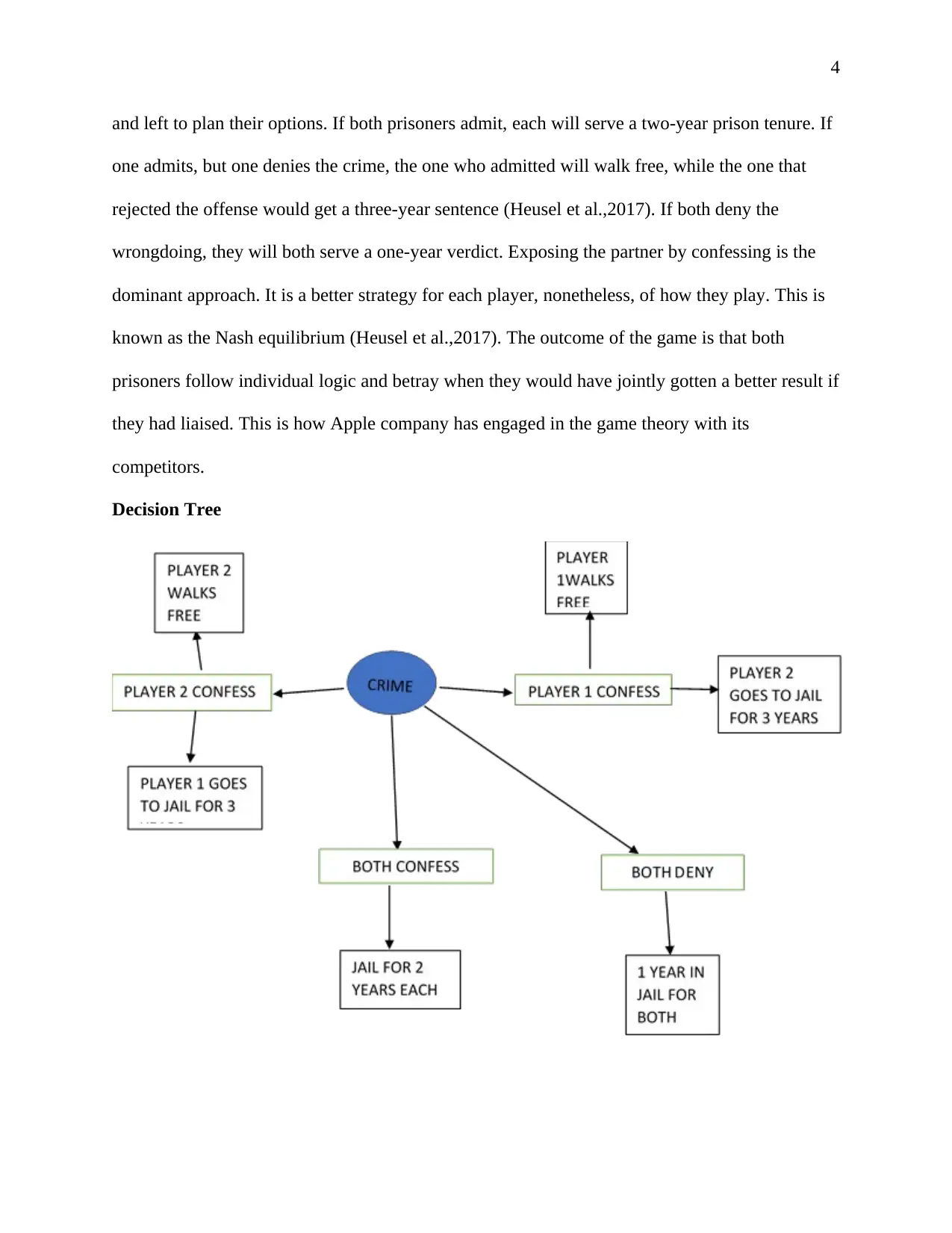
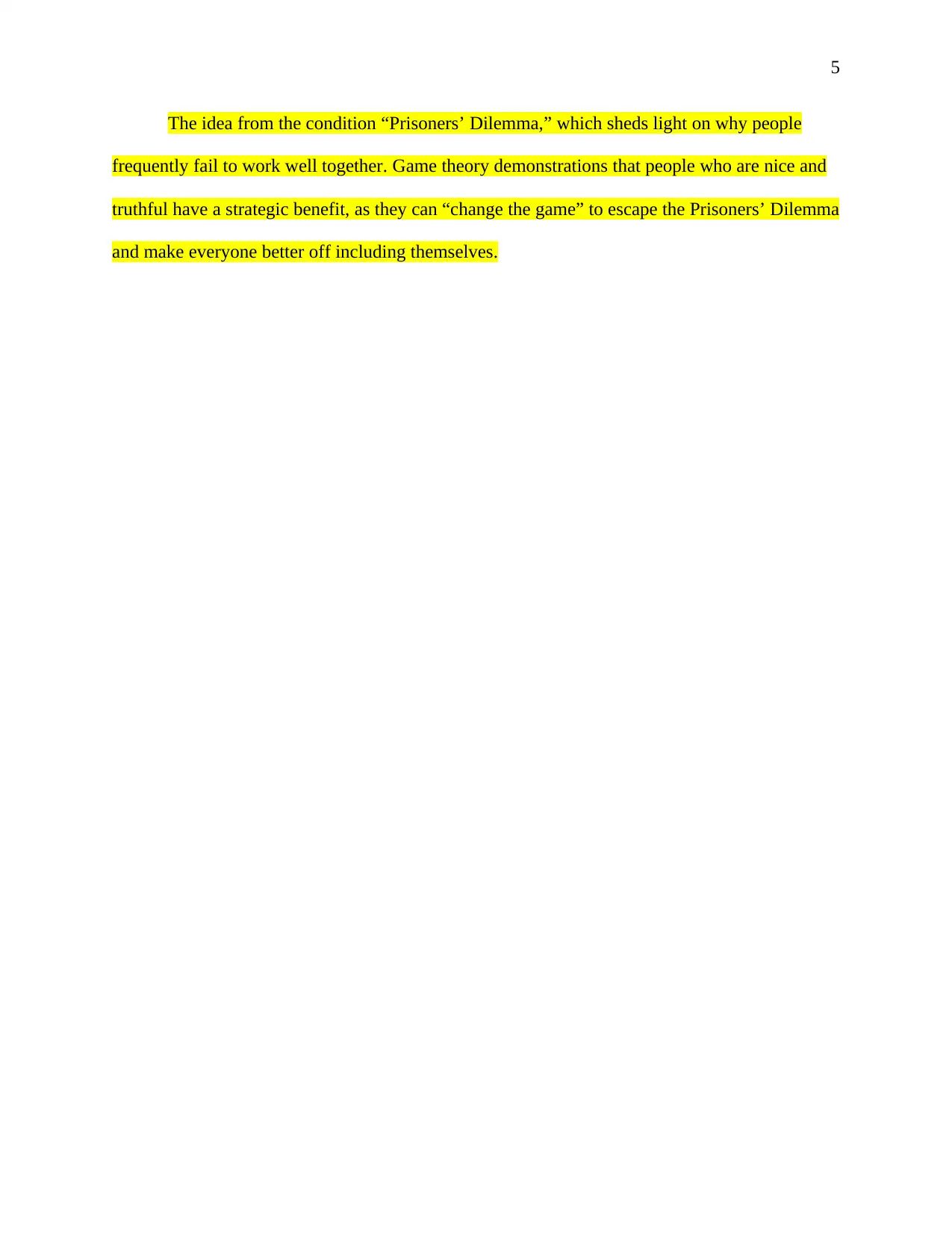
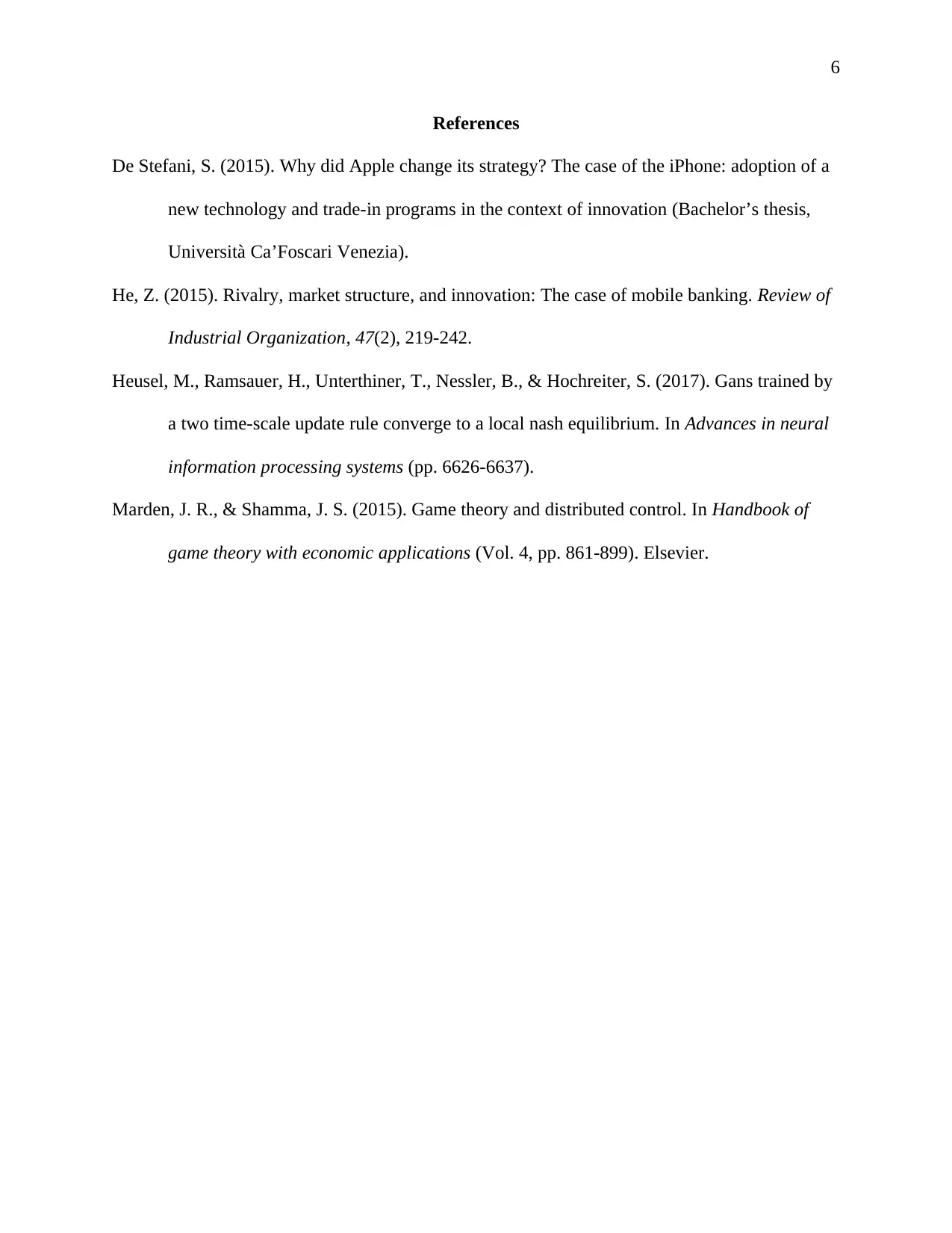



![[object Object]](/_next/static/media/star-bottom.7253800d.svg)